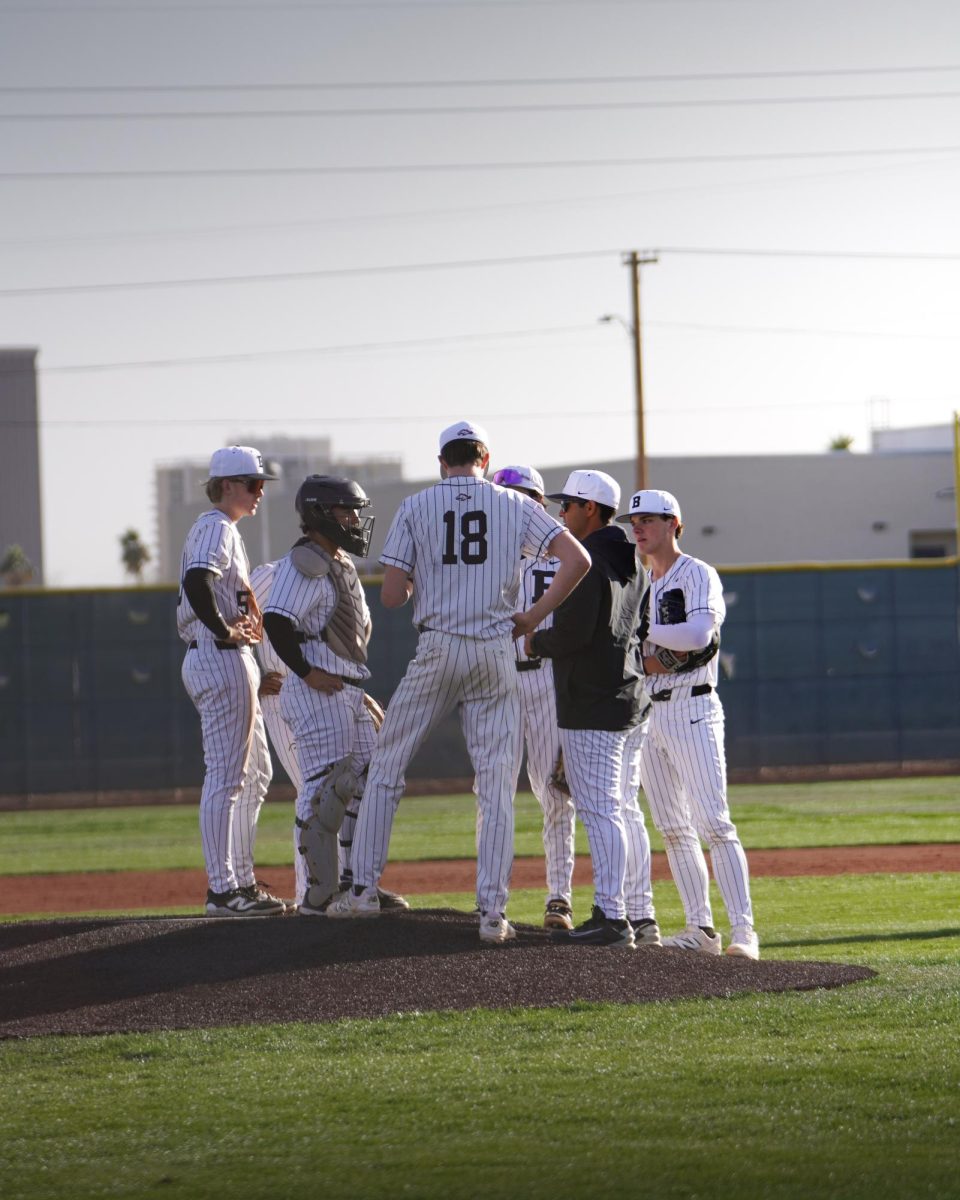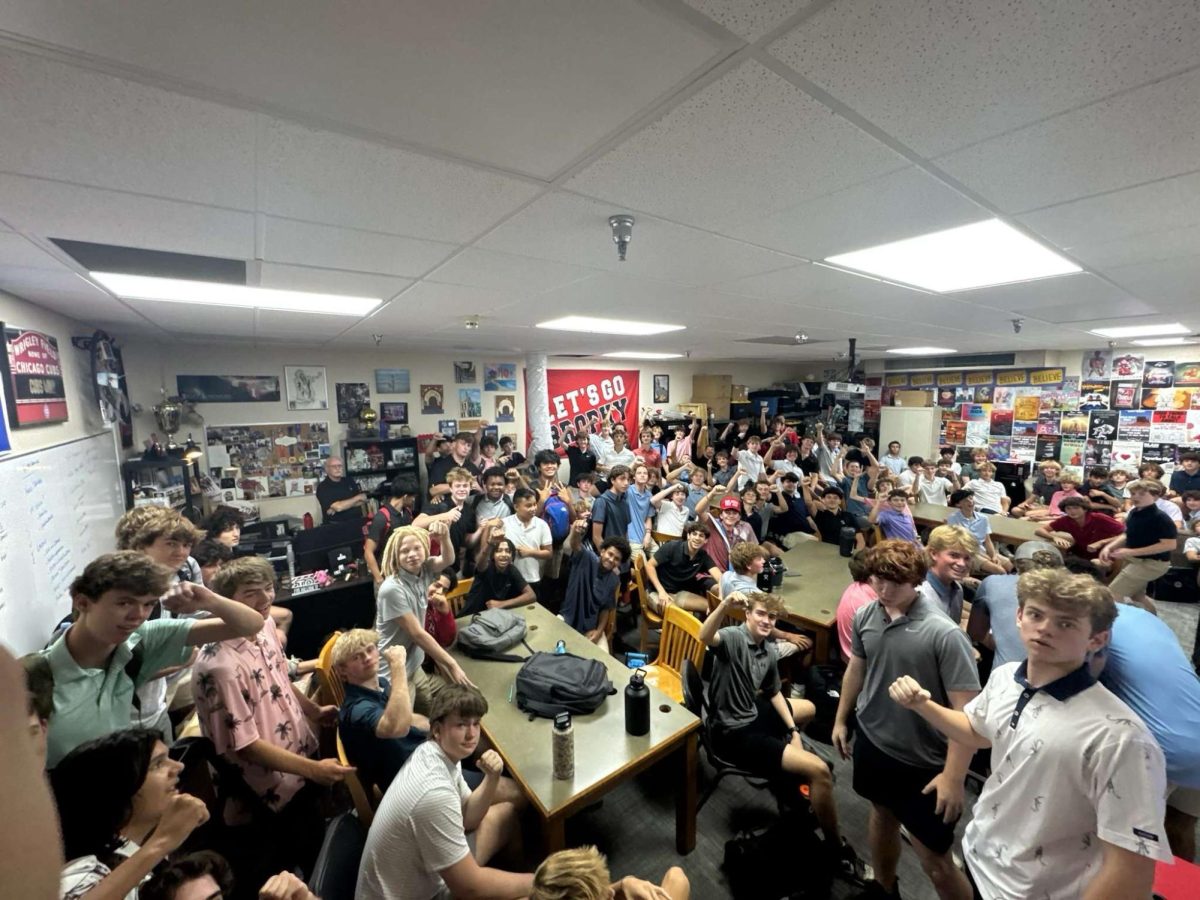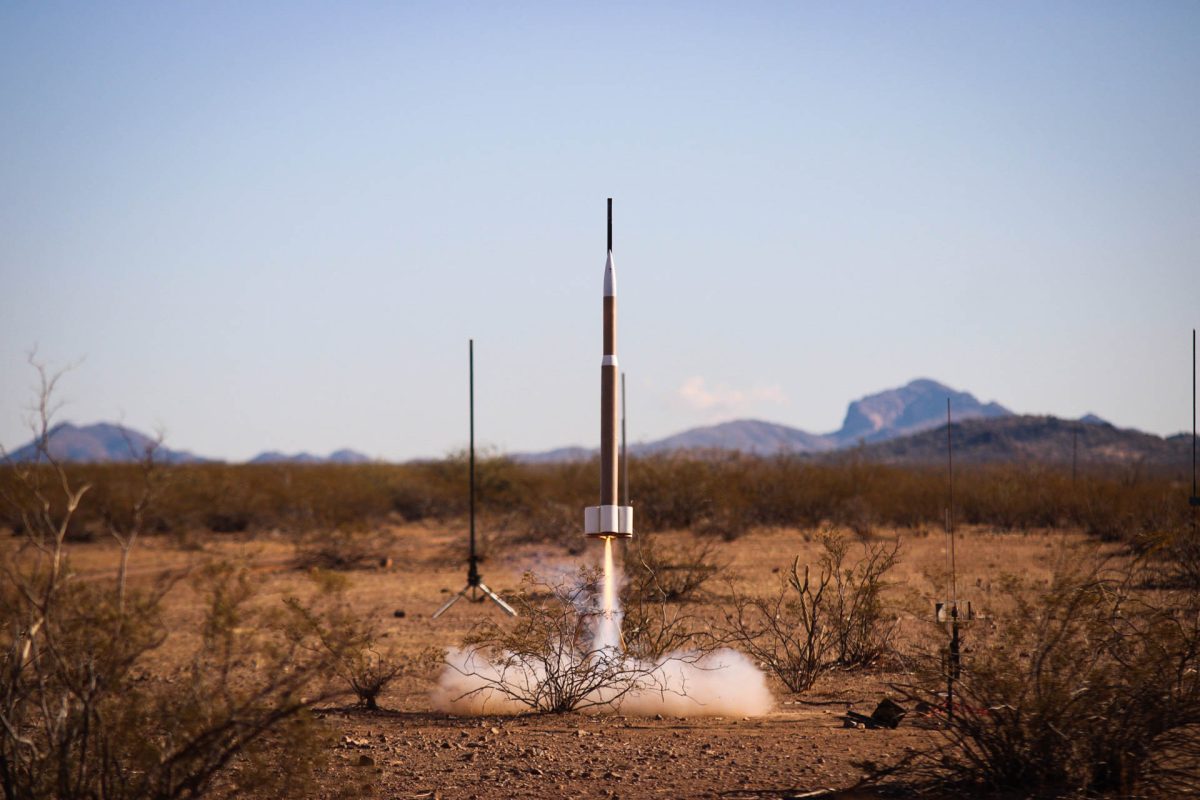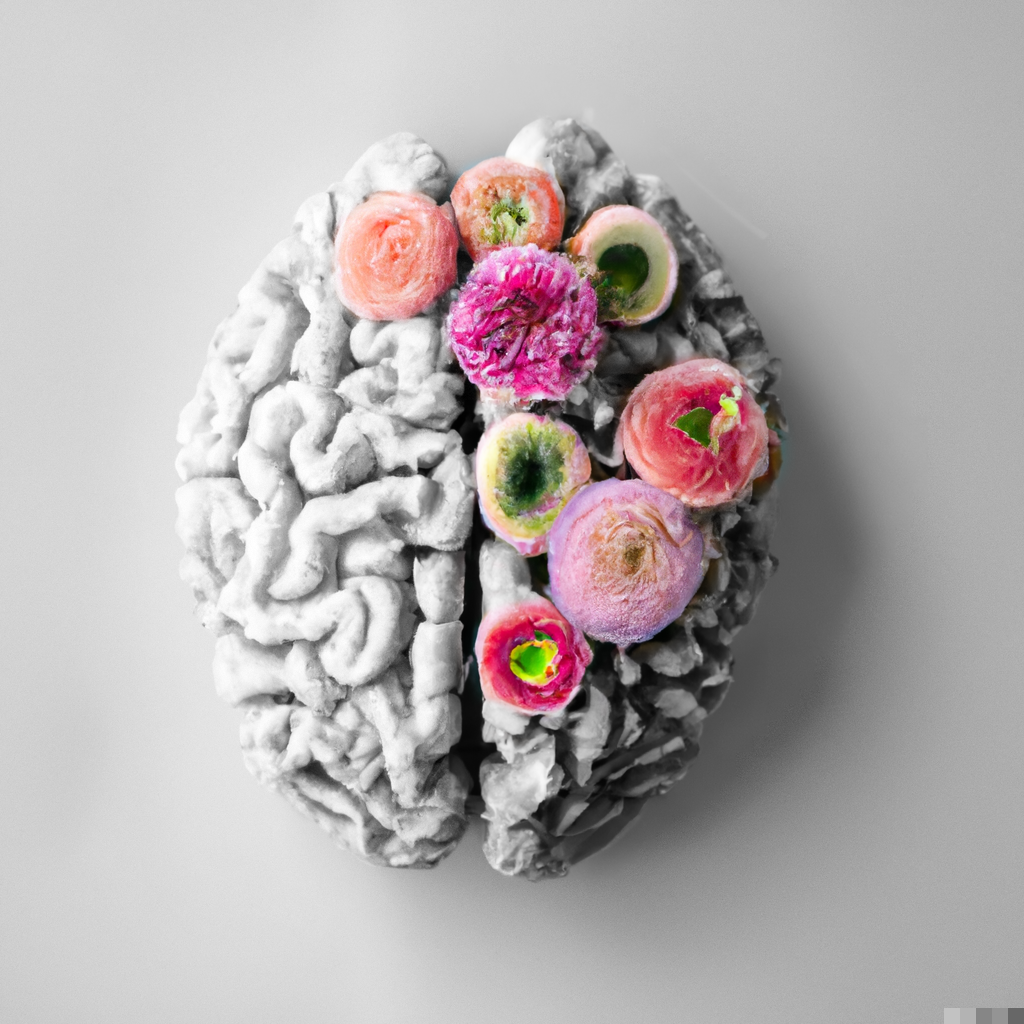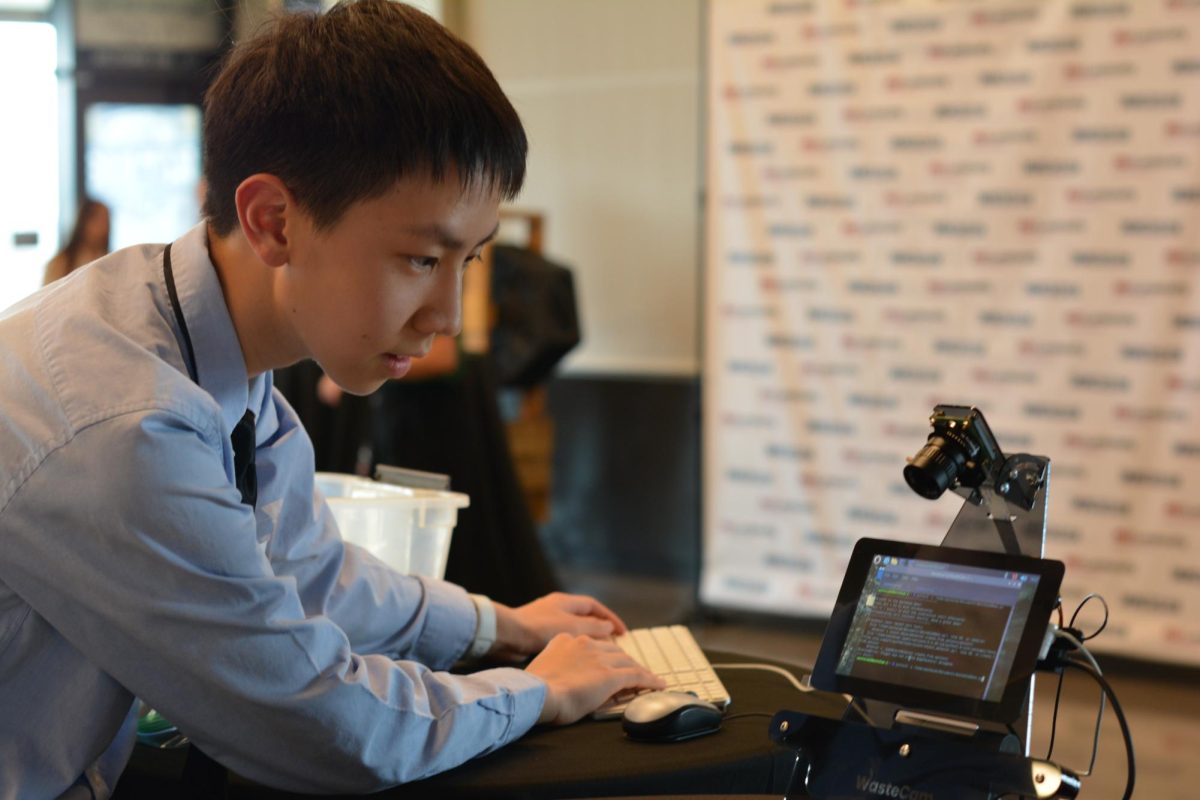A new artificial intelligence system is helping Brophy students sort their waste more effectively, tackling a persistent campus environmental challenge through innovative technology.
“Wastecam is a small electronic device that takes a photo of what people put in a bin, uses a custom machine learning model to figure out what it is, and gives feedback on whether it was sorted correctly,” said Leo Ma ’26.
The project emerged from an ecological justice class at Brophy, where students were challenged to improve campus sustainability.
“It started when I was in Mr. Davis’s ecological justice class, where we tried to make the campus more environmentally friendly,” Ma said.
For Brophy, this innovation addresses a critical need. “We were having pretty significant contamination issues in our compost bins,” said Mr. Davis ’10, ecological justice teacher at Brophy. “The Great Hall is by far the worst area—30 to 40% contamination, meaning students really don’t care. At the end of lunch, when there’s a big rush, a bunch of contamination gets thrown on top.”
Ma’s solution combines environmental responsibility with cost-effective technology. “There’s one company out there that makes a similar product, and they run about 8 grand per trash can,” Mr. Davis explained. “Ma was convinced that with a Raspberry Pi (a coding device) and a couple of attachments, he could make cameras for trash cans in the $200–$300 range.”
The project has already gained recognition beyond campus. Last year, Ma entered the ASU innovation contest, competing as a sophomore against teams of seniors. He had the idea last year and started creating the device as a real project this year.
“He took second place,” Mr. Davis ’10 said. “Everybody admitted that Leo had the best tech and concept, but he didn’t have a solid business plan.”
Ma’s journey into technology began well before the WasteCam project. “In middle school, I got into computers and coding, especially during 2020 when I didn’t have much else to do,” he said.
His interest in practical applications of technology continued to grow. ” I made a solar-powered server in freshman year—small projects like that kept me interested,” said Ma.
The system remains in development, with ongoing improvements driven by real-world testing. “For a while, Ma was training the AI by taking pictures of all different trash from every angle imaginable,” Mr. Davis ’10 said. “Now we’re crowdsourcing the training, trying to get as many iterations of what it might look like for a student throwing away trash. It already works—just not perfectly. We need it to be faster and smart enough to identify multiple items in a tray.”
The school is taking a multi-faceted approach to the waste problem. “We’re moving bins around—if you have to walk to the trash can, you’ll take an extra second to think about it,” Mr. Davis ’10 explained.
WasteCam adds an innovative technological layer to these efforts, providing immediate feedback to students about their waste disposal choices.
Looking ahead, the project shows significant potential for expansion. “The next step is moving from beta to a functioning model, starting with trash cans indoors,” Mr. Davis ’10 said. “Could we partner with other schools? Yes. We could provide an open-source platform or sell kits.”
If commercialized, WasteCam could be offered at around $500 per unit—significantly more affordable than existing market solutions.
While some students initially expressed privacy concerns, the system has already begun to increase awareness about proper waste sorting, combining technological innovation with environmental responsibility. As the project continues to evolve, it demonstrates how student-led initiatives can create meaningful environmental impact while fostering technological innovation on campus.
For Brophy, WasteCam represents more than just a waste management solution—it embodies the school’s mission of forming young men who can apply their knowledge and skills to address real-world challenges.
“Leo’s the man—he did it all,” Mr. Davis ’10 said. “I just helped with a couple of marketing ideas along the way. He came up with the logo. I was just an advisor for bouncing ideas off of, but everything came from him.”
As WasteCam moves from prototype to implementation, it stands as a testament to how student ingenuity can transform everyday challenges into opportunities for innovation. What began as a classroom project has evolved into a practical solution that could revolutionize waste management at Brophy and schools across the country.
Through the combination of artificial intelligence, environmental consciousness, and creative problem-solving, Ma’s invention proves that sometimes the best solutions come from simply asking: “How can we do this better?”






